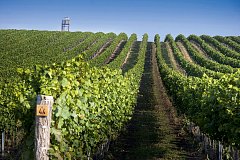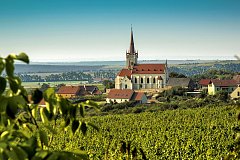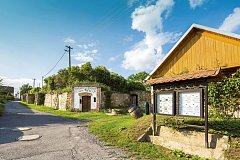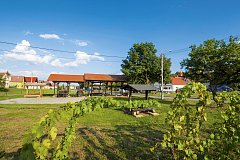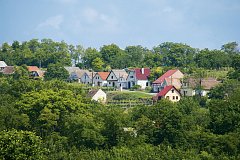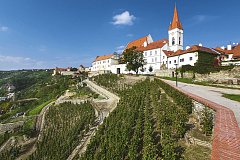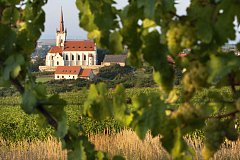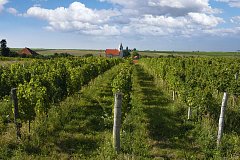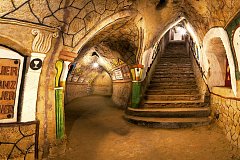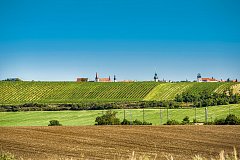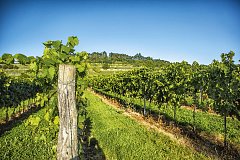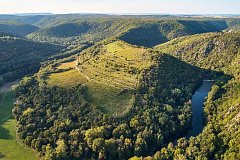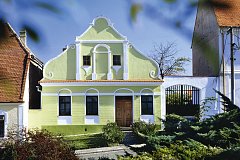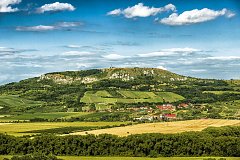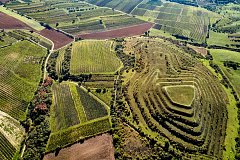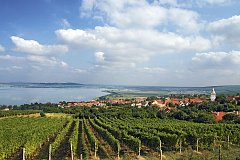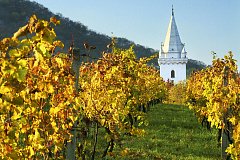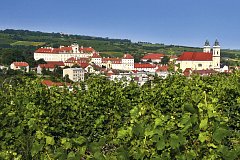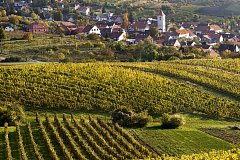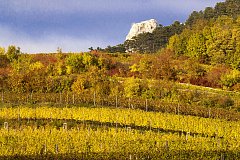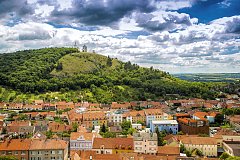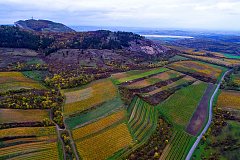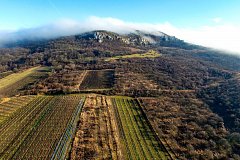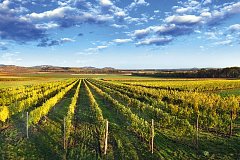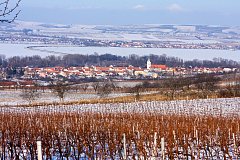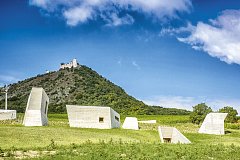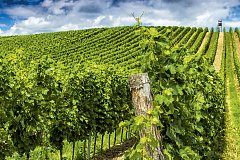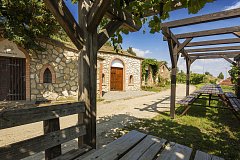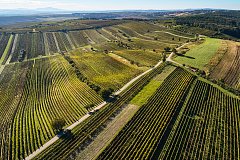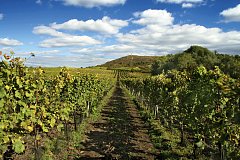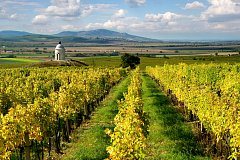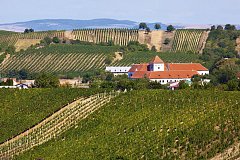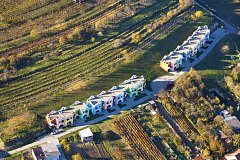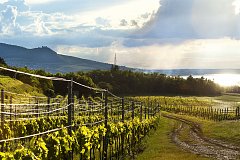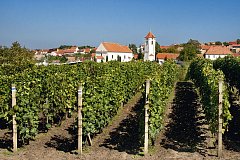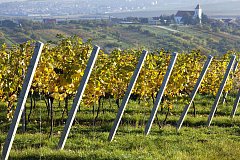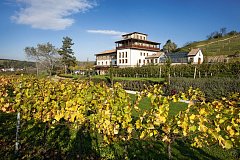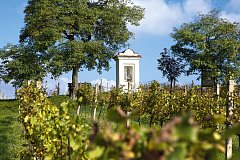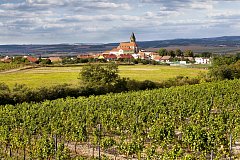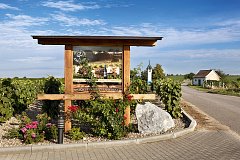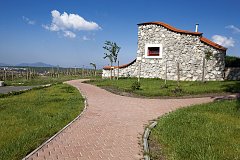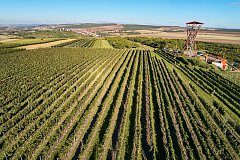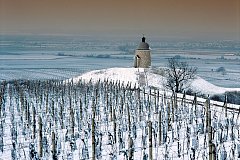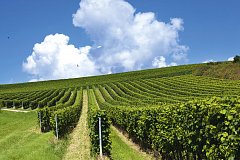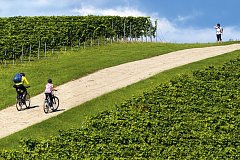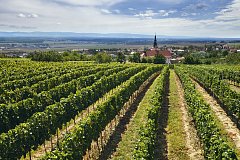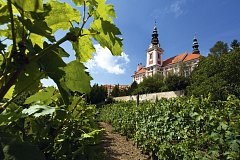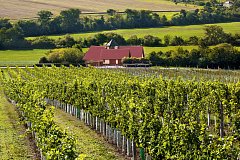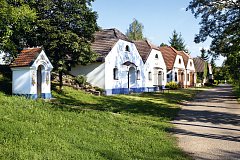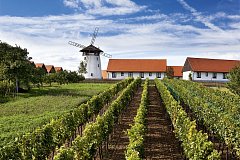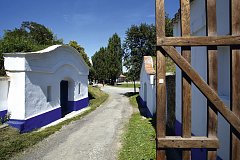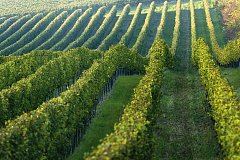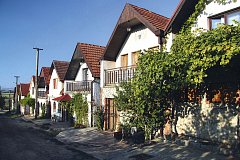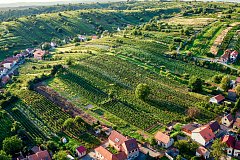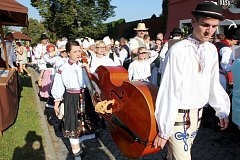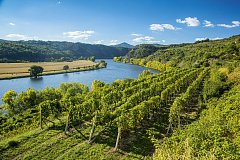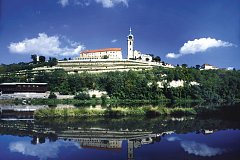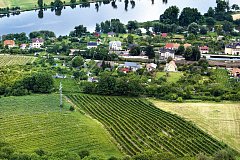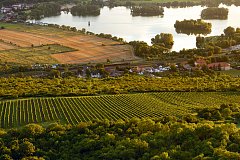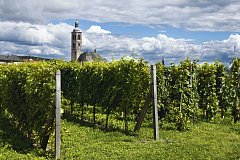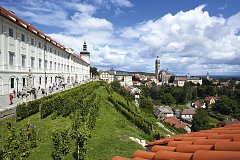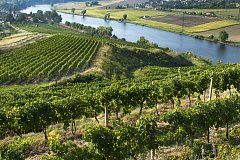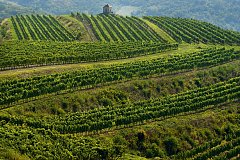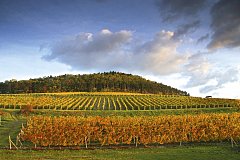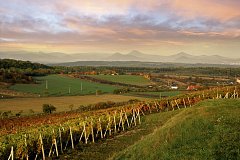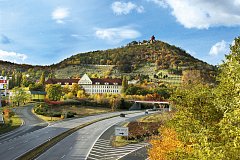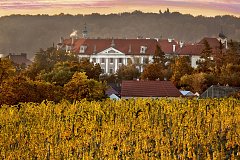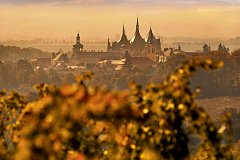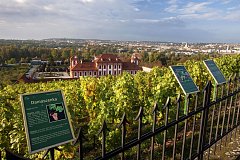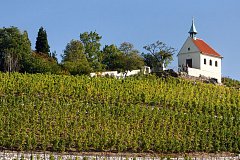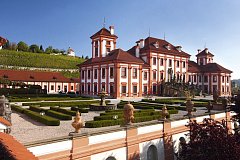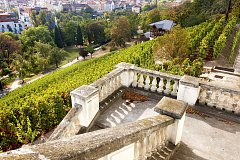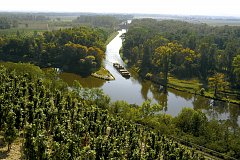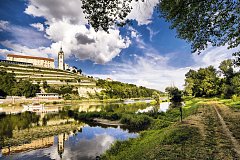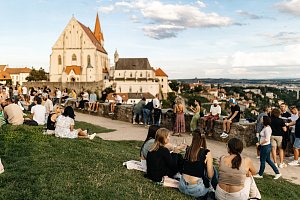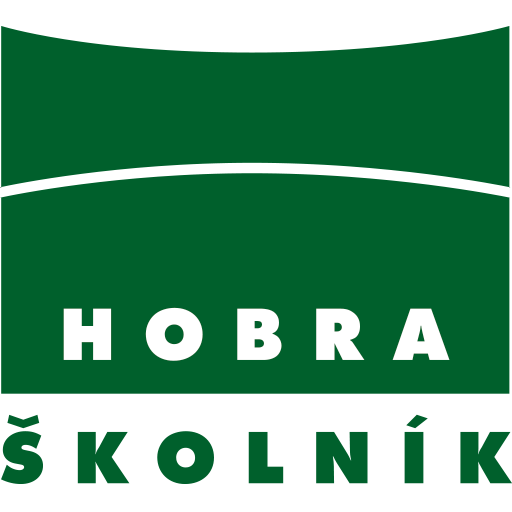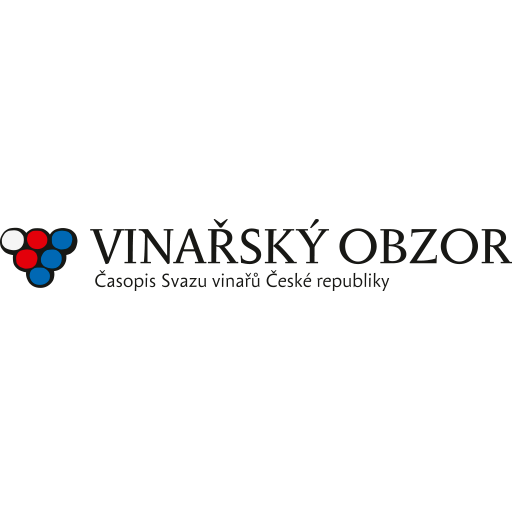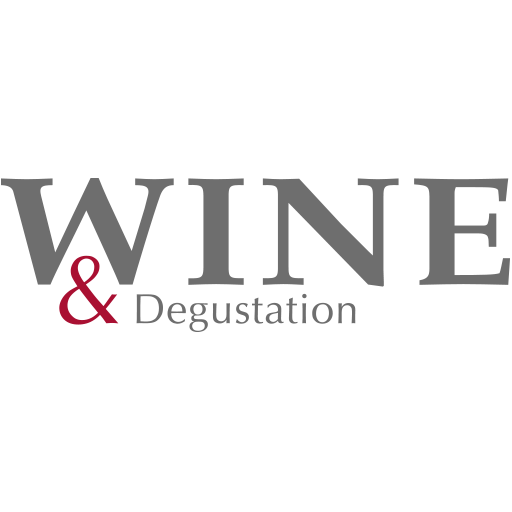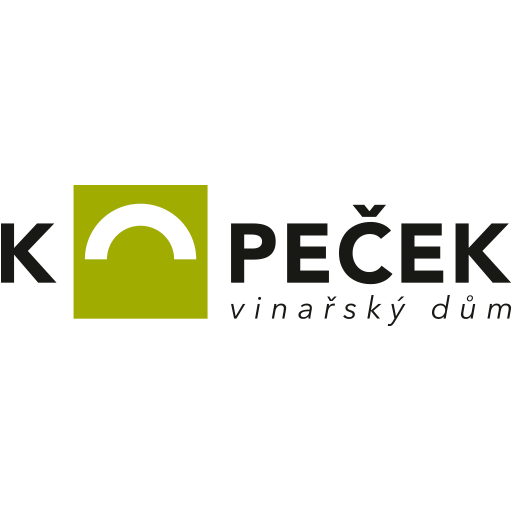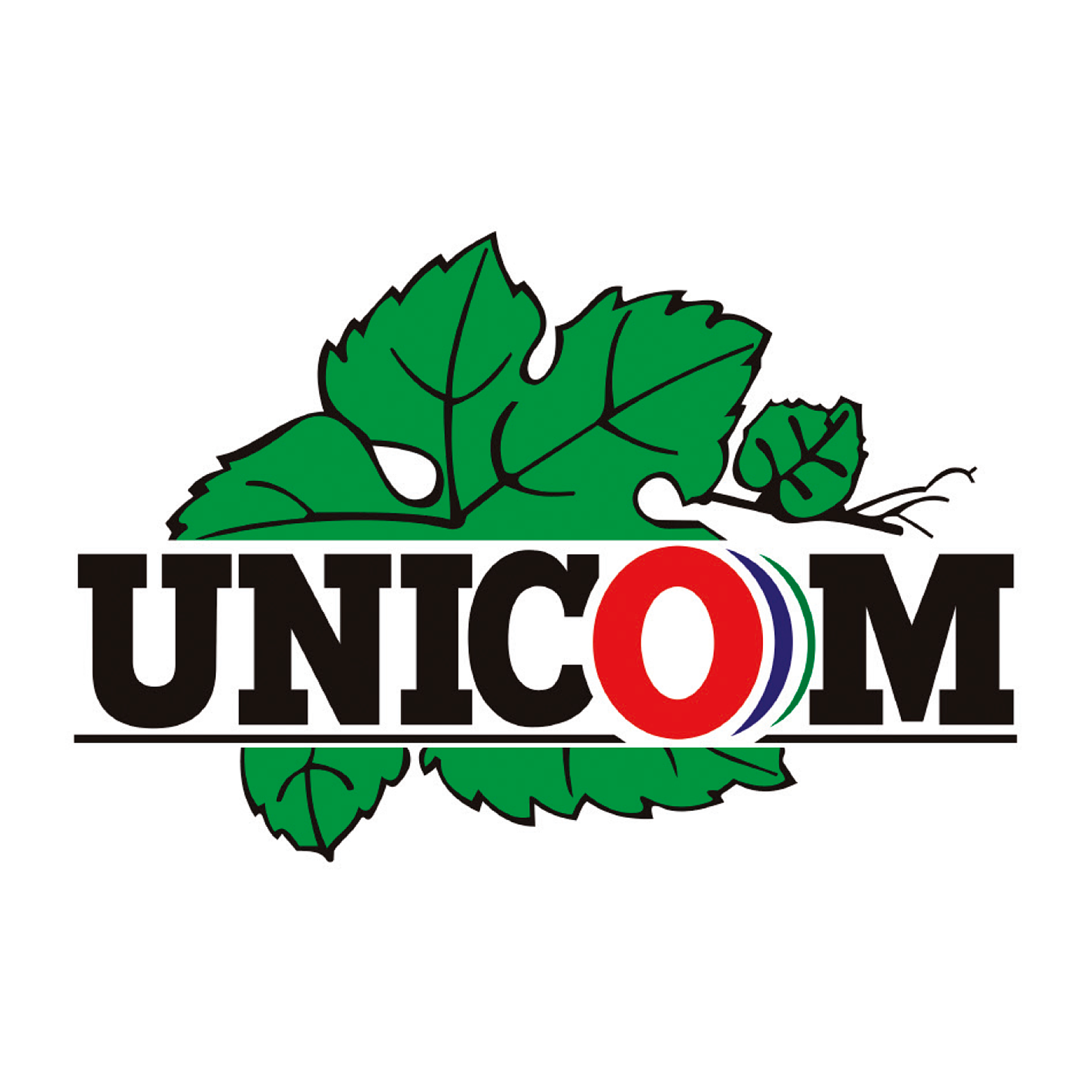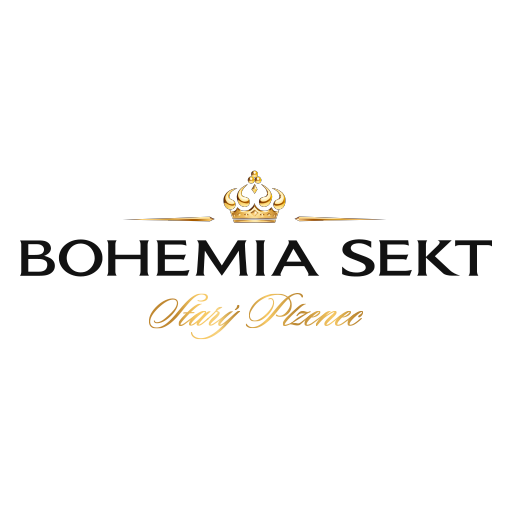Wine regions in the Czech Republic
The vine is one of the few plants that can express the trace of landscape and place in its final form - wine - in a complex yet sensitive way. The vineyards in the Czech lands lie in the northernmost part of the vine's distribution in Europe, which is a prerequisite for wines of extraordinary diversity, which stand out for their original fruit notes and spiciness, their rich spectrum of aromatic substances and their harmonious, full-bodied flavours.
There are two wine regions in the Czech Republic: Bohemia and Moravia.
The Bohemia wine region consists of the Litoměřická and Mělnická sub-regions. Moravia comprises a total of four sub-regions: the Znojemská, Mikulovská, Velkopavlovická and Slovácka.
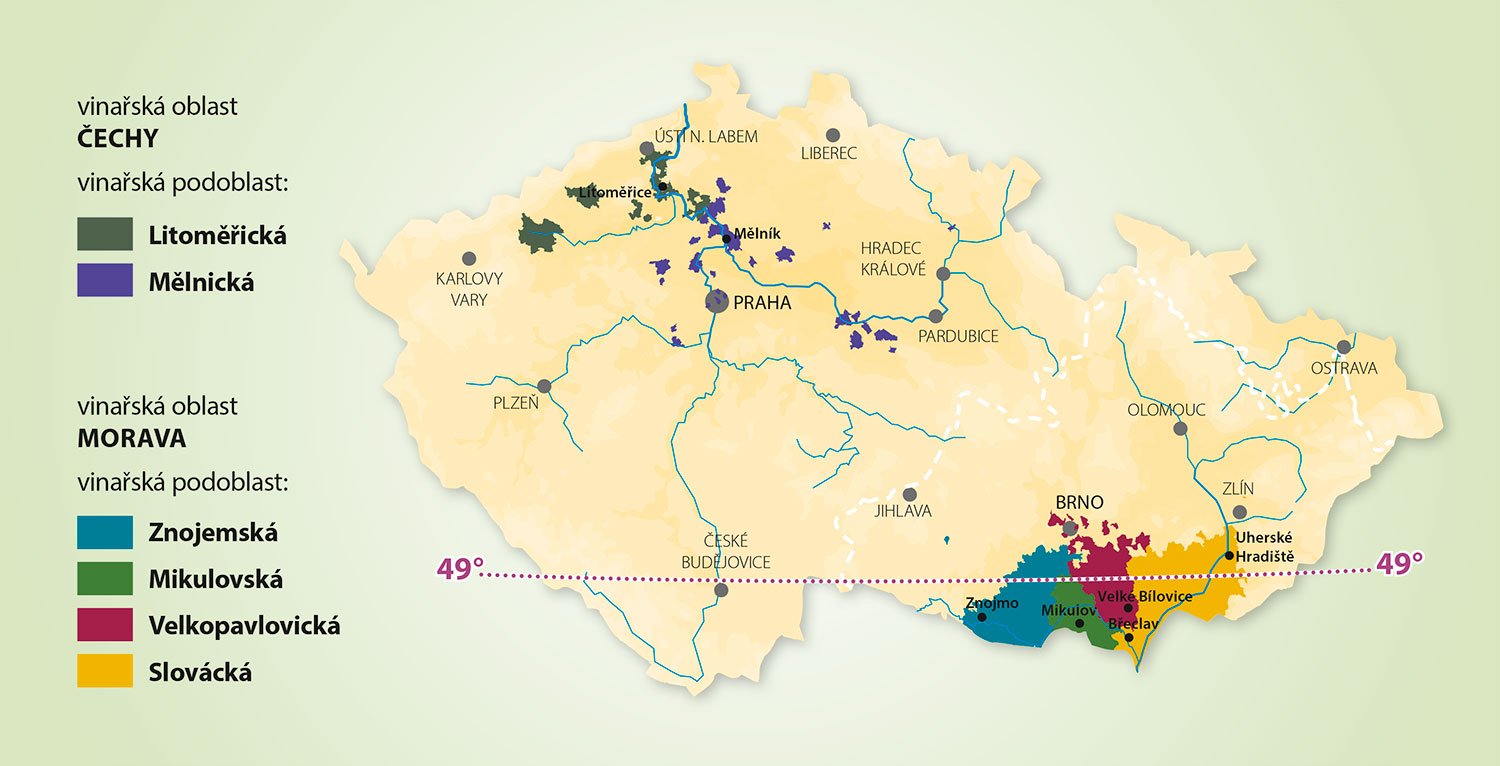
The cultivation of vines and wine production have been widespread in our countries since the Slavic settlement during the Great Moravian Empire in the 9th and 10th centuries AD. In Europe, wines from Moravia and Bohemia have been known and popular since the Middle Ages. Since the introduction of the wine law in 1995, wines from Moravia and Bohemia have undergone a great qualitative development and are now among the best wines in Europe. They are characterised by their interesting range of aromas, rich extractive substances and harmonious combination of full-bodied flavours with the fresh acidity of white wines. More recently, red wines have also been gaining in popularity, which, thanks to modern processing techniques, are full-bodied and expressive, yet soft and velvety. Rosé wines are also becoming a trend - beautiful not only for their colour but also for their exceptional youthful character.
Number of wine-growing municipalities, catastral territories, vineyard tracks and growers in the Czech Republic as of 31.12.2023
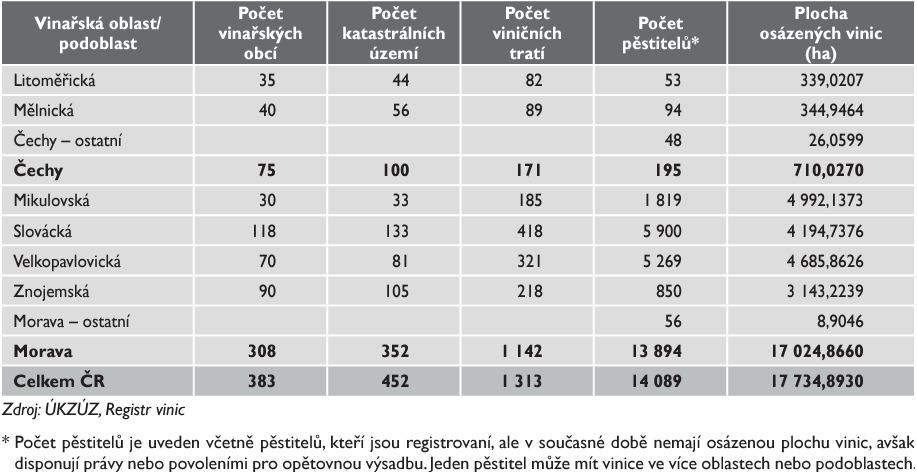
The largest wine-growing municipalities in the Czech Republic with the area of planted vineyards in 2023 included Velké Bílovice (777 ha), Valtice (586 ha), Mikulov (517 ha), Čejkovice (505 ha), Dolní Dunajovice (434 ha), Novosedly (433 ha), Velké Pavlovice (368 ha), Vrbovec (350 ha) and Sedlec (315 ha), similarly to the previous years. In the Bohemia wine-growing region, the largest municipality is Mělník (110 ha), followed by Most (68 ha).
Morava Wine region
The Morava wine region has excellent conditions for the production of white wines with an interesting spectrum of aromas and spiciness, which are complemented by the substance of the Moravian fertile soils. The interplay of aromas and flavours is underscored by fresh acids that encourage you to take another sip of this harmonious wine, which is characteristic of the individual sub-regions of Moravia. Moravian red wines have always accompanied the rural diet and strengthened winemakers in their hard work. The flavour has never lacked an earthy authenticity accompanied by the preservation of the fruity character of red wine. The character of red wines has recently changed due to the application of modern technology, which has given them a more supple finesse.
The picturesque South Moravian landscape, its unique natural conditions and architecture are also an attraction and a popular destination for those interested in wine tourism. The climate is transitional with a tendency towards inland, with occasional intrusions of humid Atlantic air or even icy air from the interior. The growing season is somewhat shorter than in western Europe, but it is characterised in most years by the higher heat intensity of the summer months, which has a favourable effect on shortening the vegetative phases of the vines and thus also allows the cultivation of late-ripening grape varieties that produce high-quality wines. The ripening of the grapes itself is slower in our region, which means that they retain and concentrate a greater and wider variety of aromatic substances.
The Morava wine-growing region comprises 17 025 hectares of vineyards, which represents app. 96% of the registered vineyards in the Czech Republic. There are 308 wine-growing villages and 1 142 vineyards, which are managed by almost 13 894 growers. According to the Czech Hydrometeorological Institute (2000-2020), the average annual temperature is 10,35 °C, the average annual rainfall is 568 mm and the average annual sunshine is 1 944 hours. The Morava wine-growing region lies around the 49th parallel, just like the Champagne wine region or the best wine-growing regions of Germany.
Znojemská Wine sub-region
The westernmost Moravian wine sub-region owes its full-flavoured and fresh aromatic white wines not only to the skill of the local winemakers, but also to the ideal natural and climatic conditions. Cold winds from the nearby Bohemian-Moravian Highlands, together with the thermoregulatory influence of the rivers Dyje, Jevišovka and Jihlava, give Znojmo wines their unmistakable spicy flavour and fullness.
Thanks to the alternation of sunny days and cooler nights, the grapes ripen more slowly, but retain their aromatic substances and achieve high quality.
Mikulovská Wine sub-region
Pálava - the last spur of the steppes of Pannonia, the limestone Alps, a place with a unique atmosphere, rises steeply from the gently undulating landscape of the floodplain forests of the lower Podyjí. On the slopes of the limestone cliffs there are massive loads of loess and calcareous clay, in the southern part of the sub-region there are widespread sands. From the deep loess soils, the vines draw a wider range of nutrients for the production of aromatic substances, a distinctive spiciness and an original mineral expression.
Mikulovsko thus produces excellent wines with a unique character. The Northern Pannonian plain is a unique place for growing grapes.
Velkopavlovická Wine sub-region
This landscape is the heart of red wine production in Moravia. However, white wines, especially aromatic varieties, also thrive here on the sandy soils.
In the central part of the sub-region there are soils on calcareous clays, loams, sandstones and siltstones. Here, blue varieties, which are planted on soils with a high magnesium content, predominate. Such vineyard lines stretch from the once main centre of the area - the town of Hustopeče, through Starovičky, Velké Pavlovice, Bořetice, Vrbici and Kobylí to the town with the largest area of vineyards in the municipality - Velké Bílovice.
Slovácká Wine sub-region
Slovácko lies on the border with Slovakia and Austria. The local folk costumes, songs, dances, traditional crafts and customs have managed to capture the hearts of many visitors - and traditional winemaking and great Slovácko wines go hand in hand with the distinctive folklore.
Slovenská Wine sub-region has very diverse natural conditions. Vineyards can be found in the Morava River valley, in the rugged hilly landscape of the Bílé Karpaty or on the southern slopes of the Chřiby and Ždánický Forest. The sub-region also includes the surroundings of Uherské Hradiště, where the northernmost Moravian vineyards can be found.
Bohemia Wine region
The Bohemia wine region belongs to the northernmost outposts of European viticulture. There are 75 wine-growing villages, 171 vineyards tracks and 195 wine growers. The region is divided into two sub-regions – Mělnická and Litoměřická. The total of 710 hectares of vineyards in both sub-areas of the Bohemia wine-growing region represents less than 4% of the registered vineyards in the Czech Republic.
Mělnická Wine sub-region
Includes not only Mělník and its surroundings, but also small vineyards in Prague and around Kutná Hora, Benátek nad Jizerou, Kralupy nad Vltavou, Beroun and Slaný. Most of the vineyards are located on soils with calcareous subsoil or on gravel-sand alluvium. The soils are lighter, warm and provide excellent conditions for growing both white and blue varieties. This was well recognised by local winegrowers as early as the Middle Ages, who concentrated mainly on growing Pinot Noir, whose seedlings were said to have been imported by Charles IV from the Burgundian village of Chambertin.
Litoměřická Wine sub-region
It extends to the surroundings of Litoměřice, Most, Roudnice nad Labem, Kadaň, Ústí nad Labem and Louny. Litoměřice, in the Middle Ages the second largest wine-growing town in Bohemia after Prague, has always been a great rival of Mělník in the trade on the Labe river. These towns also competed in the wine trade, especially in the markets in Prague. Today, most of the vineyards lie on the southern slopes of the Bohemian Central Highlands, on the dark soils of weathered basalt, which give the wines their distinctive mineral overtones.
What can you look forward to? For example, to the restored medieval vineyard terraces, where vines are growing again, to the house with a tower in the shape of a wine goblet, to a walk through the places where the patient Saint Ludmila taught her grandson Saint Wenceslas to grow vines and make wine, to the vineyards of small size, but with an extensive collection of varieties grown in the country, to the charming landscape of the Polabí region, guarded by the steep cones of the Bohemian Central Highlands, to ancient cellars, wine presses, the colourful traditions of the vintage and, above all, to wine - because what would wine tourism be without tasting?
The information on this page is dated 31.12.2023.
Links
- Situation and outlook reports on wine - SZIF (in Czech language)
- Wine map - an interactive overview of wine-growing villages and routes
